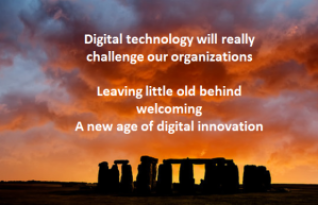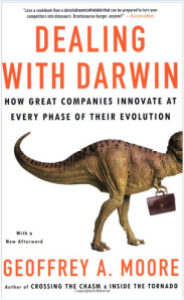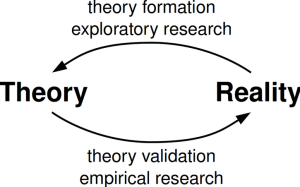
I have been working away, as my labour of love, frustration and sheer determination, on my thinking through the ‘harnessing’ of the dynamics within innovation, to offer organizations their innovation fitness and future landscape design, so as to radically alter their present capabilities and capacity to innovate.
The aim is to relate these to where your organization is in their existing capabilities, where they need to go, in identifying and clarifying the necessary capabilities they need to have, so as to achieve certain strategic goals and then, “we”, together, collectively prioritize the critical ones as ‘must have’ and then set about filling the gaps.
This is the innovative fitness journey needed to be travelled.
The building of those more ‘dynamic’ capabilities and competencies are the ones you need so as to provide for a more dynamic innovation environment and deliver unique capacity for your ongoing strategic goals.
Continue reading “Dealing with Your Darwin Effect through Innovation”








